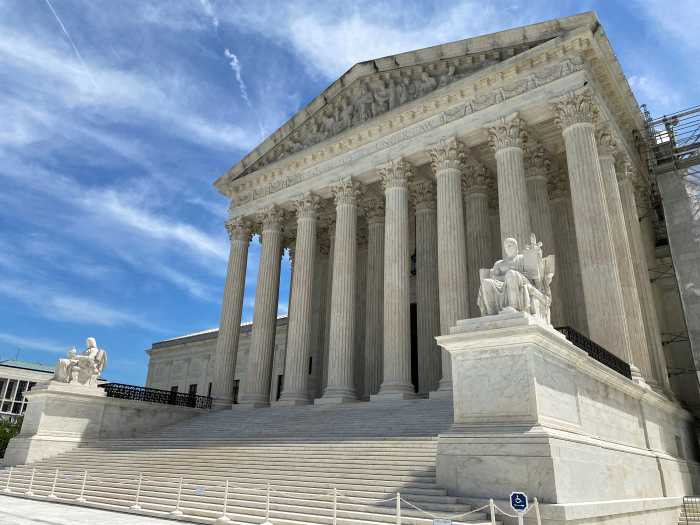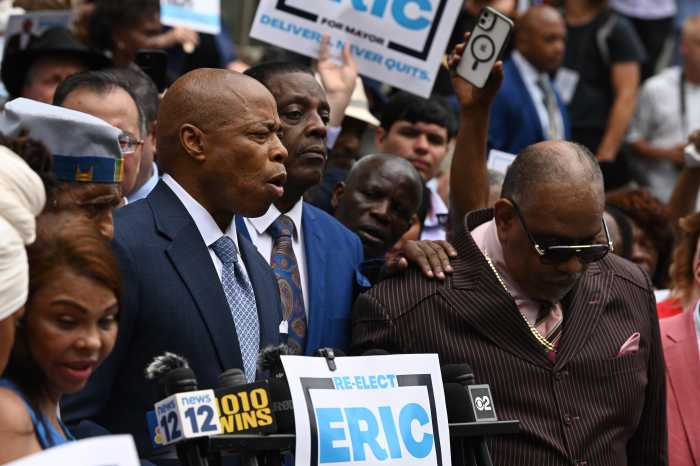A new study shows that the COVID-19 pandemic cut into the United States’ control of the ongoing HIV epidemic and could threaten the Centers for Disease Control and Prevention’s (CDC) goal to end the epidemic by 2030 in the United States, with Black Americans and drug users seeing a reverse in progress made since 2018.
The study, published in Clinical Infectious Diseases, the journal of the Infectious Diseases Society of America, analyzed data from 17,999 people living with HIV and receiving routine clinical care at Center for AIDS Research Network of Integrated Clinical Systems sites across the US between Jan. 1, 2018 and Jan. 1, 2022.
The analysis found that during the pandemic in the general population, viral suppression leveled out. Prior to the pandemic, the amount of people living with HIV who were undetectable had been steadily increasing.
At the same time, among Black patients, previous gains in virologic suppression were reversed, virtually returning to 2018 levels, with the percentage of patients who kept their viral loads suppressed decreasing from 87% to 85%. The percentage of people with suppressed viral loads who inject drugs also decreased from 84% to 81%, the study found.
Dr. Matthew Spinelli, an assistant professor at the University of California San Francisco and one of the study’s authors, told Gay City News the results are concerning to him, and could prevent the United States from reaching the target to increase the amount of people with HIV who are virally suppressed to 95% by 2025.
“We were behind schedule, we were making some progress, but now that progress has stalled,” he said. “Now we are far behind schedule”
Spinelli further noted that the clinics where patient data was collected may represent better overall outcomes than throughout the rest of the country, such as in places where there is limited access to health insurance.
The study cites potential reasons for the regression in progress, such as “socioeconomic impacts of the pandemic,” including “insurance lapses, reduction of in-person clinic services, fear of coming to clinics, and/or other factors.”
Spinelli speculated that isolation caused by shelter-in-place orders during the COVID-19 pandemic, coupled with the increased reliance on telehealth, reduced the ability of people living with HIV to receive care. Many HIV clinics were closed to in-person visits.
“I think the feeling of many who had to encounter the dark days of the beginnings of the HIV epidemic — losing many of your friends, the isolation, the stigma — and then being confronted by a new pandemic, and that feeling of isolation, of not being able to go outside… it was re-traumatizing for people,” he said.
An infectious diseases and HIV doctor, Spinelli said he saw parallels between COVID-19 and the HIV epidemic and realized it could be a challenging time for many of his patients.
Moving forward, Spinelli said there needs to be increased funding for HIV care to combat the ongoing epidemic. He said he is concerned about talks from Republican members of the House of Representatives to slash the Ending HIV Epidemic initiative by $542 million.
“Plans to cut global HIV programs, to cut the Infectious Disease Institute, the National Institute of Allergies and Infectious Diseases would be a huge setback at this time when we were making progress and stalled a bit because of the COVID pandemic,” he said. “I think adequately funding HIV care, HIV research, global HIV programs is more important than ever.”



































